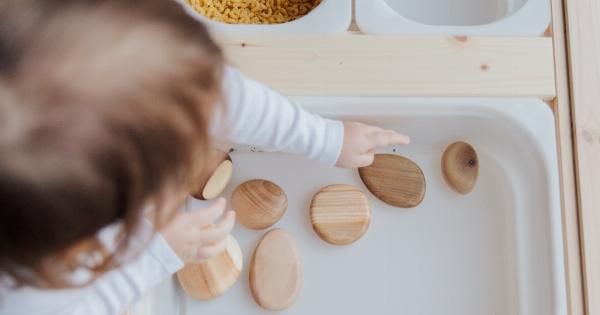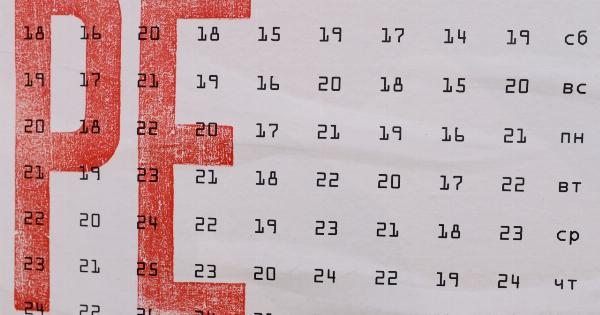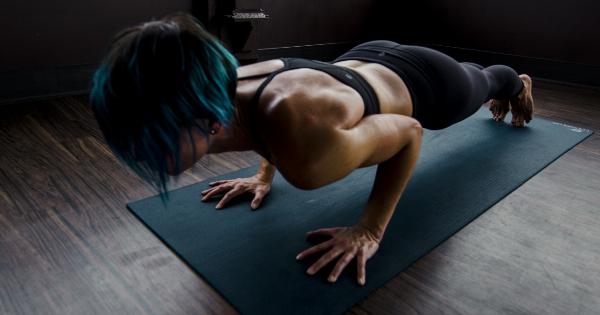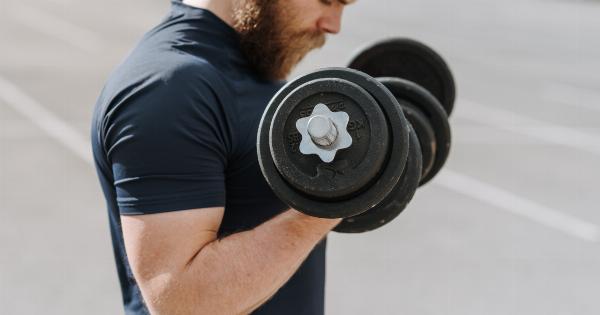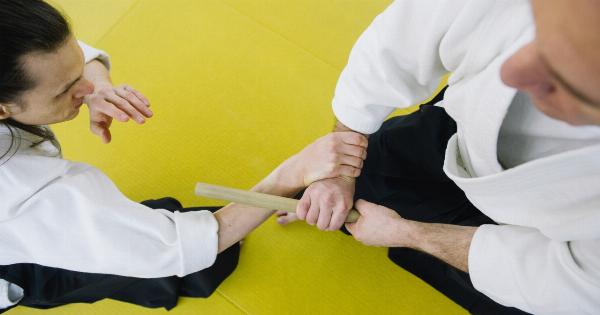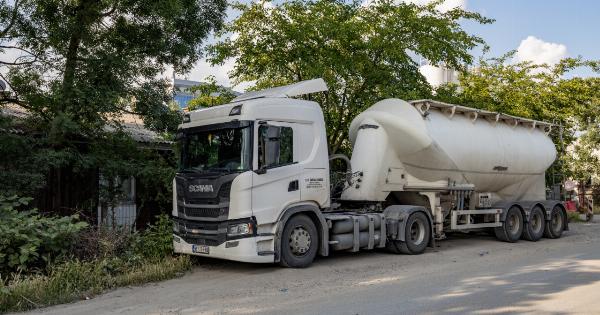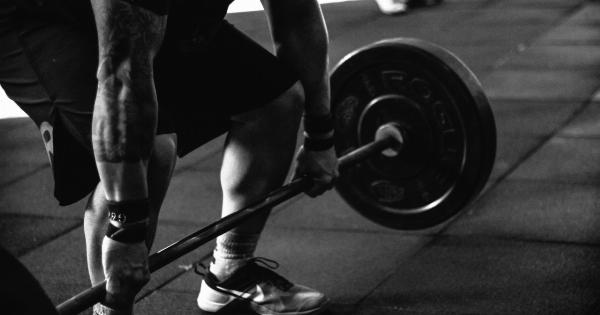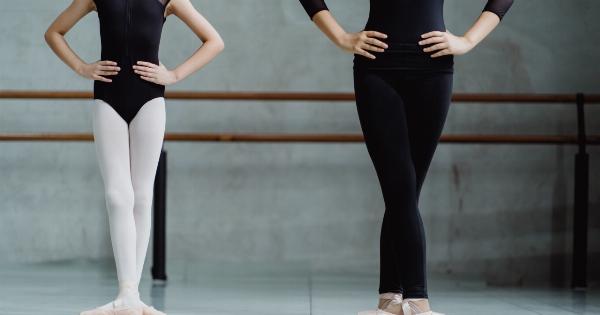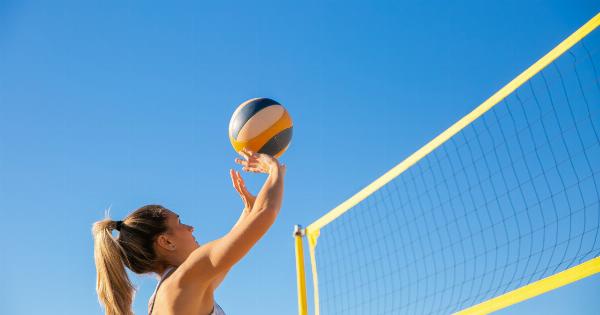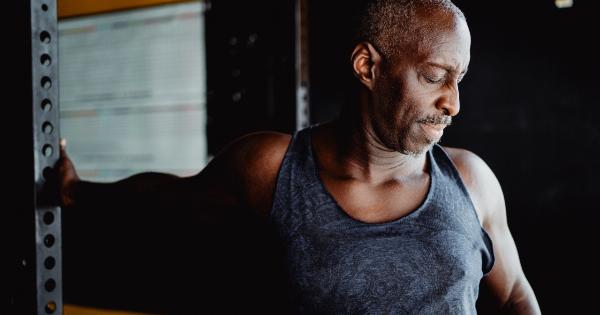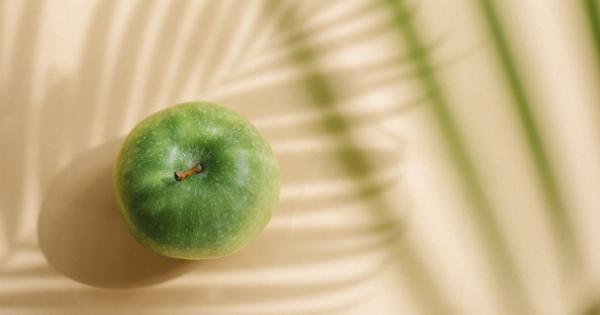Gymnastics is a demanding sport that requires a high level of strength, flexibility, and coordination. As gymnasts push their bodies to the limits, it’s common to experience muscle aches and soreness.
However, by taking a proactive approach and following a few simple tips and tricks, you can minimize gymnastics-related muscle aches and enhance your performance. In this article, we will discuss various strategies and techniques that will help prevent muscle aches, ensuring a smooth and pain-free gymnastics journey.
1. Warm up and Stretch Properly
Before engaging in any physical activity, including gymnastics, a proper warm-up is essential. Warming up helps increase blood flow, raises tissue temperature, and prepares the body for intense movements.
Begin with light aerobic exercises such as jogging or jumping jacks to get your heart rate up. Follow it up with dynamic stretches that mimic the movements you’ll be performing during your gymnastic routine. Dynamic stretches help improve flexibility, reduce muscle stiffness, and lower the risk of injury.
Some effective dynamic stretches for gymnasts include leg swings, arm circles, and torso twists.
2. Gradually Increase Intensity
Improper progressions and sudden increases in intensity can lead to muscle aches and injuries. It’s crucial to follow a gradual progression plan when it comes to challenging yourself within gymnastic routines.
Start with the basics and gradually increase intensity, difficulty, and duration over time. This allows your muscles to adapt and strengthen gradually, minimizing the risk of muscle aches. Pushing yourself too hard too soon is a common mistake that can lead to overuse injuries, muscle strains, and excessive soreness.
3. Focus on Strength and Conditioning
Building a strong foundation of strength and conditioning is vital in preventing muscle aches. Incorporate exercises that target the specific muscle groups used in gymnastics routines.
Strengthening your core, upper body, lower body, and stabilizer muscles will help reduce muscle imbalances and provide better support to prevent strain and discomfort. Include resistance training, bodyweight exercises, and functional movements in your training regimen to ensure well-rounded strength and muscular endurance.
4. Balance Your Training
While it’s essential to focus on building strength and conditioning, it’s equally important to balance your training.
Overemphasis on certain muscle groups and neglecting others can lead to muscle imbalances, which can result in muscle aches and compromised performance. Ensure that your training program incorporates exercises that target all major muscle groups evenly. Additionally, incorporating rest days into your routine will allow your muscles to recover and rebuild, reducing the chances of muscle soreness.
5. Stay Hydrated
Proper hydration is often overlooked but plays a significant role in preventing muscle aches. Dehydration can lead to muscle cramps and fatigue, making you more prone to post-workout muscle soreness.
Ensure you drink enough fluids before, during, and after your gymnastics sessions. Water is the best choice, but you can also include sports drinks or electrolyte-infused beverages for intense training sessions. Stay aware of your body’s hydration needs and make it a priority to replenish fluids regularly.
6. Fuel Your Body with Nutrition
Proper nutrition is crucial for overall health, recovery, and preventing muscle aches. Ensure you’re consuming a well-balanced diet that includes lean proteins, complex carbohydrates, healthy fats, and a variety of fruits and vegetables.
Proteins aid in muscle repair and recovery, while carbohydrates provide energy for intense training sessions. Healthy fats support joint health and reduce inflammation. Avoid processed foods, excessive sugars, and unhealthy fats, as they can cause inflammation and hinder muscle recovery.
7. Use Proper Equipment
Using proper equipment that suits your needs and fits you well is essential in preventing muscle aches. Ill-fitting shoes, grips, or other equipment can lead to improper alignment, increased stress on certain muscles, and compromised performance.
Invest in quality gymnastic gear and equipment that provides adequate support, protection, and stability. Consult with an expert or coach to ensure you have the right equipment for your specific body type and training requirements.
8. Incorporate Rest and Recovery
Rest and recovery are just as important as training when it comes to preventing muscle aches. Overtraining can lead to muscle fatigue, increased risk of injury, and reduced performance.
Allow your body ample time to rest and recover between training sessions. Incorporate regular rest days into your training schedule to give your muscles time to repair and rebuild.
Additionally, consider incorporating recovery techniques such as foam rolling, massages, ice baths, and stretching exercises to promote muscle recovery and reduce soreness.
9. Listen to Your Body
One of the most important aspects of preventing muscle aches is listening to your body. Pay attention to any signs of discomfort, pain, or muscle fatigue.
Pushing through intense pain or ignoring warning signs can lead to severe injuries and prolonged muscle aches. If you experience persistent muscle soreness or discomfort, consult with a healthcare professional or a sports medicine specialist for proper diagnosis and treatment.
It’s better to address any issues promptly rather than allowing them to escalate and hinder your progress.
10. Practice Proper Technique
Lastly, practicing proper technique is crucial in preventing muscle aches. Incorrect form and technique place unnecessary stress on your muscles and joints, making you more prone to injuries and soreness.
Work closely with a qualified gymnastics coach who can guide you in maintaining correct alignment and execution during your training. Regularly reviewing and refining your technique will not only improve your performance but also minimize the risk of muscle aches.
Conclusion
Muscle aches and soreness are common in gymnastics, but they don’t have to hinder your progress or cause excessive discomfort.
By following the tips and tricks mentioned above, you can take proactive measures to prevent gymnastics-related muscle aches.
Remember to warm up properly, gradually increase intensity, focus on strength and conditioning, balance your training, stay hydrated, fuel your body with proper nutrition, use appropriate equipment, incorporate rest and recovery, listen to your body, and practice proper technique. By implementing these strategies, you can minimize muscle aches and perform at your best, paving the way for a successful and fulfilling gymnastics journey.


